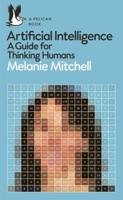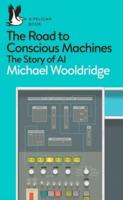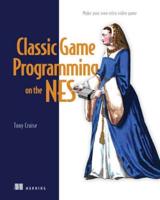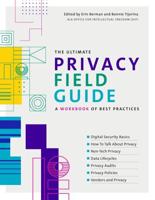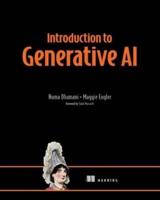Publisher's Synopsis
This book presents a complete and accurate study of arithmetic and algebraic circuits. The first part offers a review of all important basic concepts: it describes simple circuits for the implementation of some basic arithmetic operations; it introduces theoretical basis for residue number systems; and describes some fundamental circuits for implementing the main modular operations that will be used in the text. Moreover, the book discusses floating-point representation of real numbers and the IEEE 754 standard. The second and core part of the book offers a deep study of arithmetic circuits and specific algorithms for their implementation. It covers the CORDIC algorithm, and optimized arithmetic circuits recently developed by the authors for adders and subtractors, as well as multipliers, dividers and special functions. It describes the implementation of basic algebraic circuits, such as LFSRs and cellular automata. Finally, it offers a complete study of Galois fields, showing some exemplary applications and discussing the advantages in comparison to other methods. This dense, self-contained text provides students, researchers and engineers, with extensive knowledge on and a deep understanding of arithmetic and algebraic circuits and their implementation.

